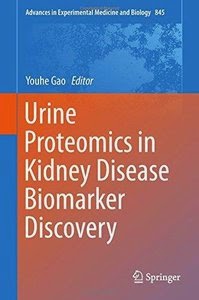Handbook of Capsule Endoscopy
Handbook of Capsule Endoscopy is a concise guide to the clinical diagnostic use of capsule endoscopy, a non-invasive imaging technology of the gastrointestinal tract. This book is written by an international team with over 30 authors from 8 countries, mainly China, Britain, Israel, Italy, Germany, Korea, United Arab Emirates and the United States.
This book introduces nearly all aspects of capsule endoscopy, including the six devices currently in use, the set up procedures, indications and contraindications, its application in three organs, special use in pediatrics, safety issues and case presentations. This book is an ideal reference work for physicians and surgeons who wish to utilize this helpful imaging technology.
This book introduces nearly all aspects of capsule endoscopy, including the six devices currently in use, the set up procedures, indications and contraindications, its application in three organs, special use in pediatrics, safety issues and case presentations. This book is an ideal reference work for physicians and surgeons who wish to utilize this helpful imaging technology.














